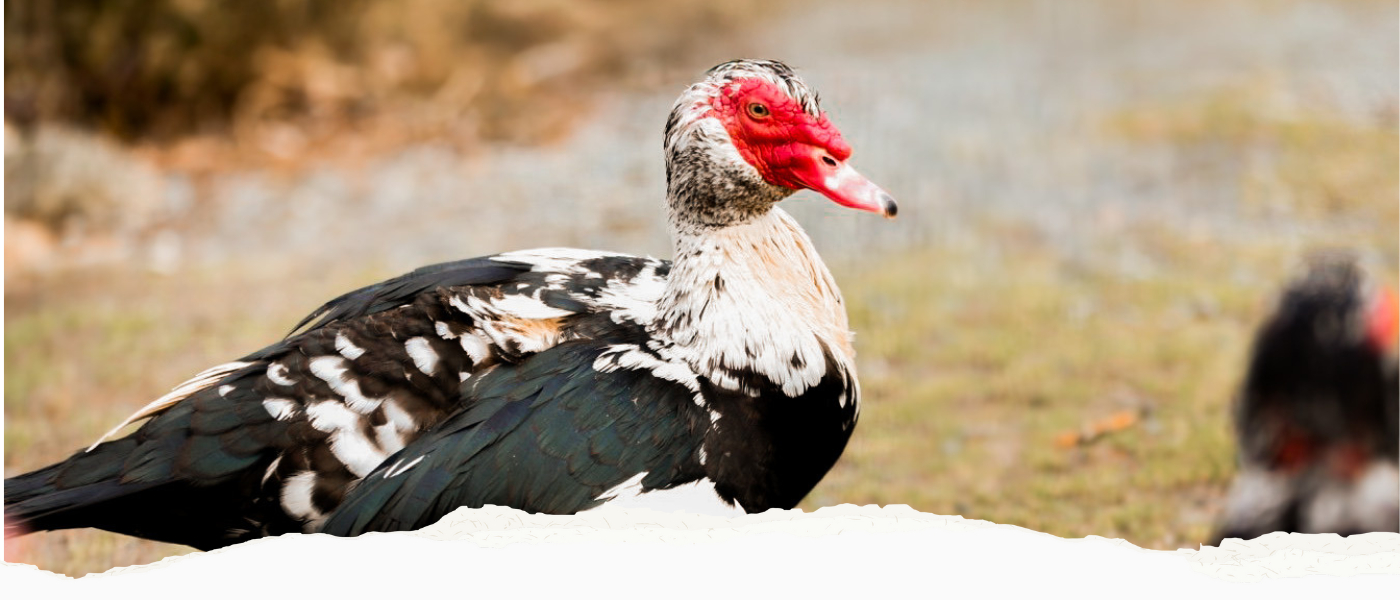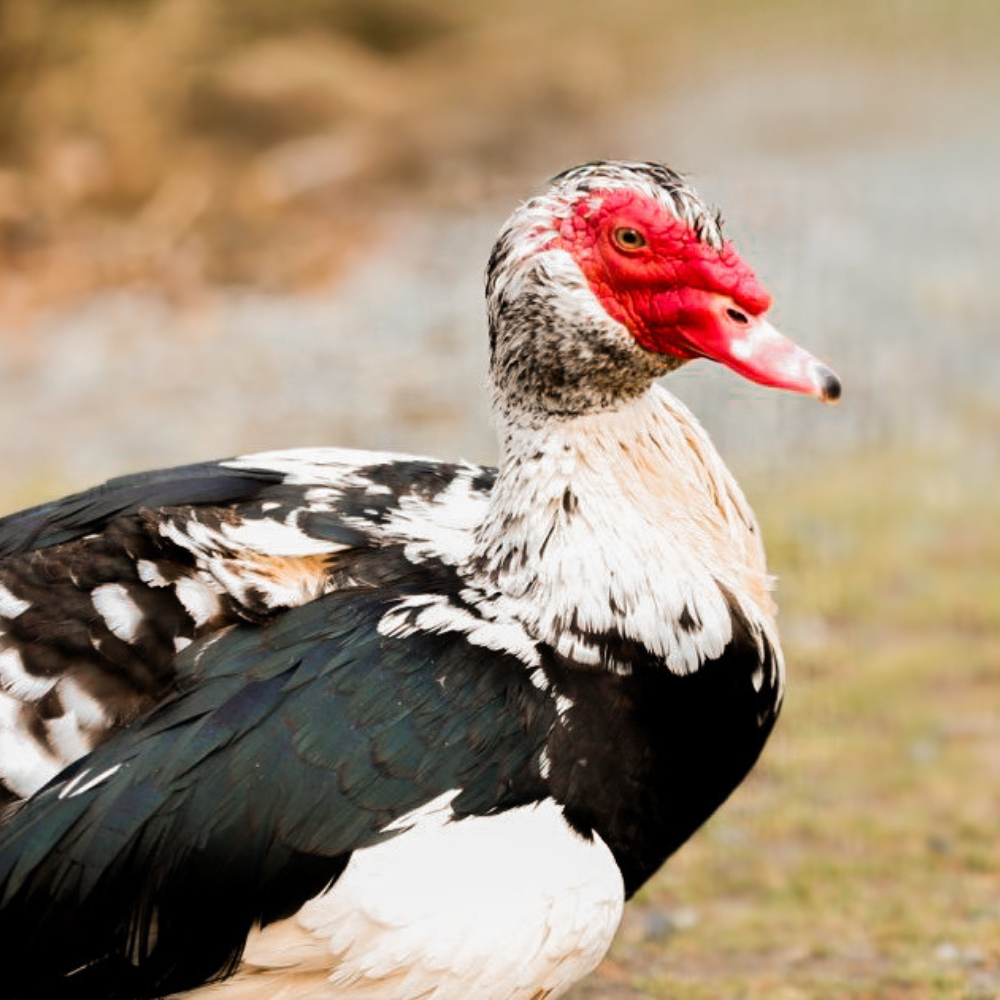Common name: Muscovy Duck
Scientific name: Cairina moschata
Conservation Status: Least Concern
At the zoo: Dixie (female, 12y). You can find her with her snow goose friend in the capybara enclosure.
Habitat:
Muscovy Ducks are found in forested wetlands and nest in tree cavities. They forage in shallow wetlands, ponds and lagoons. They can be found anywhere from Northern Mexico down to Argentina.
Diet:
In the wild, they can be found feeding on grasses, sedges, water lily seeds, mangroves, tubers, insect larvae and adults, spiders, worms, small fish, mollusks and crustaceans.
Median Life Expectancy:
8 years
Biology:
These are large ducks with a wingspan that can reach up to 154 cm. They have red fleshy spots on their faces, almost wart-like. Their colour varies, but they are most commonly found having white bodies and dark wings and tail feathers.
Muscovy ducks may breed 2 to 3 times each year. Females will incubate 8 to 10 eggs at a time and protect their young for 10 to 12 weeks until they become independent. Males can be aggressive and will bite to protect themselves and guard their territories.
Despite a decreasing population trend, this bird species is currently evaluated as Least Concern with the IUCN Red List of Threatened Species due to its extremely large range.
Fun Fact:
Did you know that Muscovy Ducks are one of the oldest domesticated fowl species in the world!?





